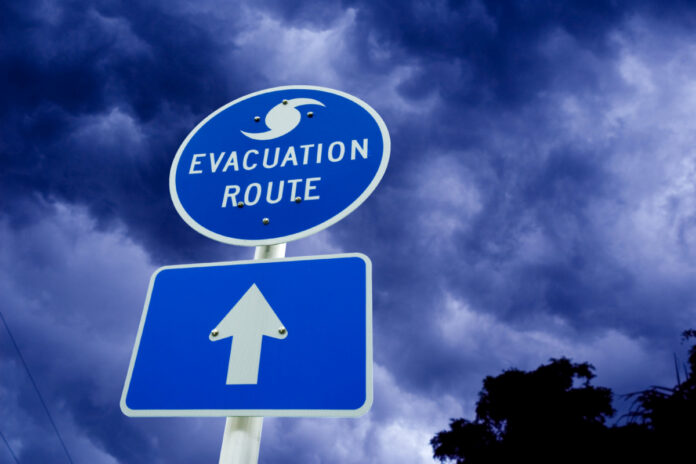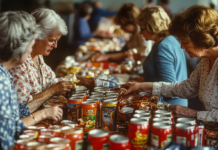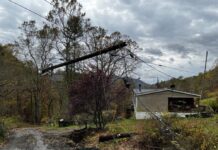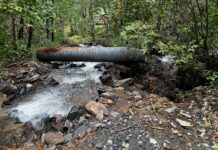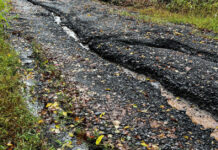Folks in Florida, Alabama, Georgia, the Carolinas and up the East Coast should start preparing for what could be a “major hurricane” arriving later this week. Tropical Storm Ian is expected to reach hurricane strength on Sunday and come ashore in Florida as soon as mid-week. Where the hurricane will hit and what happen next is still unknown, but it may cross the state, and work its way further north, bringing rain, high winds and storm surge up and down the Southeast. It could also stall over Georgia and Alabama, dumping more rain in the area. Meteorologists should have a clearer path in a couple days.
Florida’s Governor Ron DeSantis has issued an emergency order for the entire state. These declarations make funds available and activates the National Guard. President Biden also declared a state of emergency for Florida, allowing FEMA to respond.
While hurricane season started June 1, this is the first named storm in the Atlantic to make landfall in the continental United States. Puerto Rico was hit last week and Nova Scotia was just hit by Fiona.
Click here to see the latest on the storm’s probable path.
Click here for the “spaghetti map” showing the paths predicted by the many different hurricane models.
Last Minute Preps
When I lived in the hurricane-prone South, we were well enough inland that we didn’t have to worry about storm surge or damage as the storm came ashore. Fallen trees and power outages caused by high winds and flash flooding caused by excessive rain was more likely. In fact, flooding causes most hurricane deaths, so heed warnings and avoid driving on roads that are underwater.
Here are things I would do when we got word a hurricane was coming:
- Pick up all lawn furniture, kid’s toys, garden items, trash cans, grills, and anything else that might get blow around by high winds. We’d stash many of these things in the garage for a few days. Don’t forget potted plants; they can get knocked over and blown around, too.
- Test the generator and fill up the tank. Find your extension cords and stash them nearby. If your neighborhood isn’t the best, make sure you have the means to chain up or otherwise lockdown your generator to keep it from being stolen.
- Fill any empty gas cans and your car’s tank a couple days before the storm hits. One time when I waited longer than I should have, I had to visit four gas stations before I found one that still had fuel.
- Fill up your propane canister(s) if your grill or generator runs on propane. Yes, we have multiple methods of heating food during a power outage, but that burner on the side of the grill proved to be the easiest one.
- Charge all your battery-powered devices, especially flashlights, headlamps, lanterns, power bricks and solar generators. If you do not already do so, consider carrying a flashlight on your person.
- For each storm, my wife would set up a hurricane emergency center with everything we would need in one central location: lights, lanterns, phone chargers, weather radio, etc.
- Decide if you need to bug out or not. This will depend on where you live and your living situation. If someone in your households depends on electricity to stay alive, it might be a good idea to schedule their evacuation a couple days ahead of time.
Good luck to all our readers in Florida and other parts of the storm’s path. Use good judgment about whether to evacuate and stock plenty of bottle water.
UPDATE 9/26/22
Ian has strengthened to a Category 1 storm and is expected to “become a Category 4 behemoth in the Gulf of Mexico by midweek,” according to Accuweather. It is currently expect to come ashore somewhere on Florida’s West Coast near Tampa, but that could change. Let’s keep in mind that the last storm predicted to hit Tampa actually hit closer to Miami.

